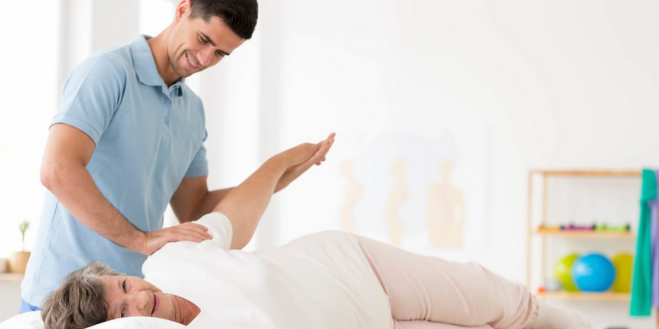When you’re body continually breaks down you get frustrated...
Why can’t someone just fix the problem!
It gets to the point where people considering giving up the activities they love. Whether it’s a sport you’ve played for years, going on long hikes through the bush or even simple things like gardening… you’re worried deep down some injury is going to prevent you enjoying what you like to do.
This was the case with one patient I saw last week. A 24 year old female who plays just below the National Netball League came in after 6 months of knee pain!
Her story shows the only way to eliminate pain
is uncovering the real trigger
The knee was just the latest in a long list of injuries...
Rib fractures (netball is definitely not non-contact)
Occasional lower back tightness
Stress fractures in the foot
Recurrent ankle sprains
Posterior shoulder pain
Neck pain
Her Knee
She had seen over 20 physios in 10 years!
Frustrating?
Words won’t do it justice. Even coaches and other players doubted she’d last more than 1 or 2 games. Since the knee is the current source of pain we have to start the investigation there.
What I found really interesting was off the court it only hurt at certain points … walking on sand, up hills and unstable surfaces.
The rest of the time was pain free!
She had already seen 3 different physios for this, I needed to help her before she gave up.
But how?
It’s not like the others did anything wrong.
They followed an appropriate formula...
Evidence Based Approach: Treat the Local Area, The Joint Above and Below
That’s great, but what happens when it doesn’t work?
All this patient’s orthopaedic tests were clear. I tested everything that might directly affect the knee. There was no observable difference between left and right. In this case,
How do you justify treatment without a measure to improve...
No objective findings, muscular tightness or joint restrictions
And then… If there objectively there is nothing wrong why is she still suffering? Now pain is a subjective interpretation of a signal inside the brain… could it be made up?
I don’t think so!
Why only uphills and unstable surfaces?
If it’s bad enough to stop her playing netball…
Why can’t I reproduce her symptom?
It’s Not The Knee
That’s why treating it hadn’t worked!
She has some sort of instability affecting her body… I just had to find it. Personally, I always go back to the body’s priority system and work from there. What has to fire first in every movement?
The CORE!
She had broken ribs before. I wonder if they’ve affected its ability to work? Definitely worth exploring. When you breathe your diaphragm contracts allowing air into your lungs, expanding your rib cage. It should be even on both sides.
My patient couldn’t open her rib cage on the right. Same side as her neck problem. This explained a few things for me but most importantly…
We have a measure from which to base treatment. There’s a difference between left and right diaphragm.
Further testing showed a weakness in her right internal oblique. A muscle required for rotational stability of your torso. It can also indirectly affect the function of the knee.
I can all but guarantee if there had been an element of core stability in the initial rehabilitation she wouldn’t have had knee pain for 6 months! She would be playing netball and confident of completing the season.
What Happens If I Don’t Locate The Underlying Cause?
She’ll probably end up tearing the hamstring...
Compensate with other muscles creating a hip impingement.
More and more niggles = more frustration.
She would end up giving the sport away for good.
You Could Treat The Injury Forever And Never Fix It...
It comes down to being alert to the possible problems. Diagnosing on the principle of how the body functions not what treatment should be.
If you’re in pain and it’s not getting better it’s likely you haven’t found the real trigger!

















